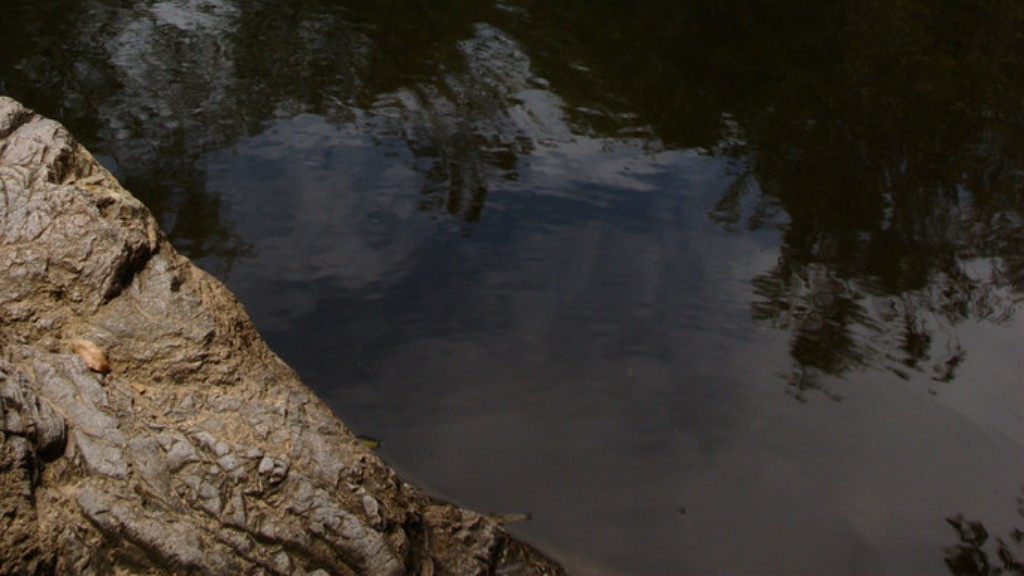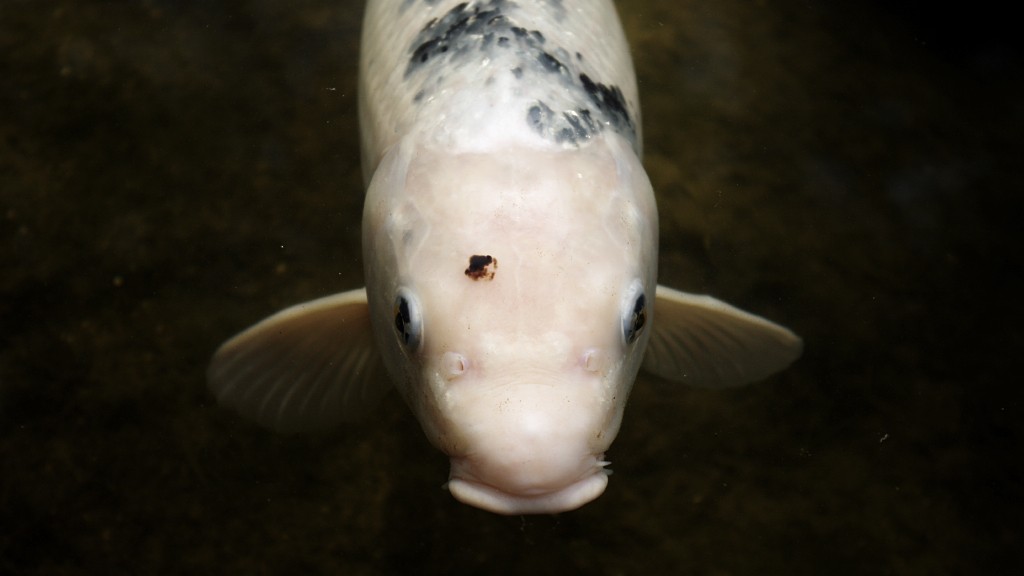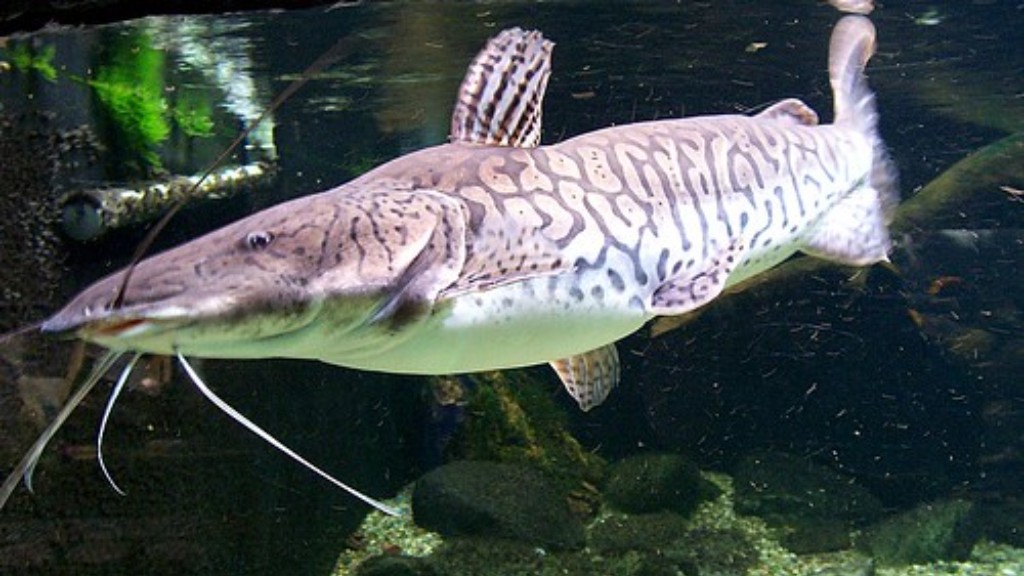Are Grass Carp Fish Found in Grasslands?
Introduction
In the realm of aquatic ecosystems, the presence of various fish species is often intricately connected with specific habitat types. One fish species that often sparks curiosity is the grass carp (Ctenopharyngodon idella). Renowned for its herbivorous appetite, the grass carp is frequently associated with grassy environments, leading to the question: are these fish found in grasslands?
Background
Before diving into the details, it is crucial to establish that the term “grasslands” refers to terrestrial habitats dominated by grasses and herbaceous plants. On the other hand, grass carp are freshwater fish primarily native to eastern Asia. Their introduction to other parts of the world was primarily driven by their ability to control aquatic vegetation, making them a popular choice for managing overgrowth in lakes and ponds.
The Natural Habitat of Grass Carp
While it is true that grass carp are associated with grassy environments, their natural habitat primarily consists of lakes, rivers, and reservoirs rather than terrestrial grasslands. These fish prefer still or slow-moving waters with abundant vegetation, which allows them to satisfy their herbivorous requirements. The presence of aquatic macrophytes such as submerged, emergent, and floating plants is crucial for promoting their growth and survival.
The Role of Grass Carp in Aquatic Ecosystems
The ecological dynamics between grass carp and aquatic environments are complex. These fish play a vital role in regulating the balance between aquatic plant communities and the overall ecosystem. Due to their herbivorous nature, grass carp consume excessive amounts of vegetation, preventing the overgrowth of submerged plants that can negatively impact water quality and other aquatic organisms.
Translocation to Grassland Environments
Despite their preference for aquatic habitats, there have been cases of grass carp being introduced to grassland environments for various reasons. Human activities, such as accidental or deliberate releases, have contributed to the translocation of grass carp beyond their typical range. In some instances, these fish have invaded wetland areas and disturbed the delicate balance of native plant communities, posing a threat to biodiversity.
Controlling Grass Carp Populations
Given the potential negative impacts of grass carp in non-native environments, various management strategies have been implemented to control their populations. These strategies include the use of physical barriers, such as fences or screens, to prevent their movement between water bodies. Additionally, monitoring programs have been established to detect and assess the presence of grass carp in areas where they are not native.
Conclusion
While the notion of grass carp fish residing in grasslands may seem plausible at first, it is essential to recognize their natural habitat as freshwater bodies rather than terrestrial grassy ecosystems. Grass carp fulfill a crucial ecological role in managing aquatic vegetation, and their presence in non-native areas can have serious consequences. By understanding the behavior and habitat preferences of grass carp, we can work towards mitigating their negative impacts and maintaining the ecological balance within aquatic ecosystems.


